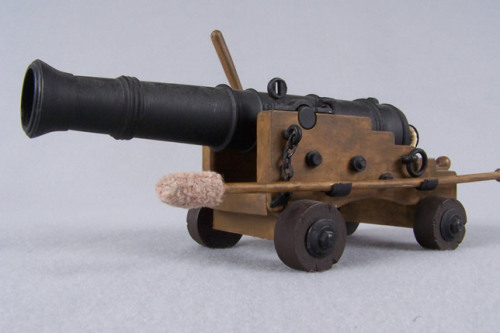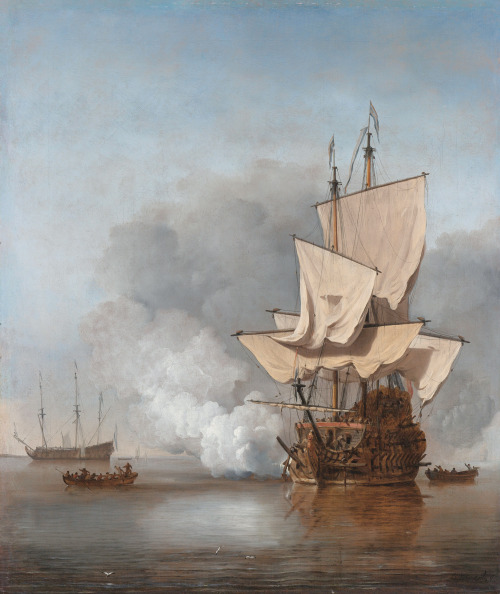Hot Cannon Shot of the 18th Century,The deadly naval incendiary weapon of the 18th and early 19th ce
Hot Cannon Shot of the 18th Century,The deadly naval incendiary weapon of the 18th and early 19th centuries, hot shot was a way of enhanced the damage cause by traditional cannon against wooden ships. To make hot shot, cannon balls were heated in a furnace until they were orange hot. This is why most forts and coastal defenses of the age had furnaces near the fortifications. The cannon was loaded with a charge of gunpowder, then a wet fabric or clay wad. This prevented the red hot cannon ball from igniting the powder prematurely. When fired, the hot cannon ball would bore into the enemy ship, hopeful setting alight the wooden timbers, cordage, and sails. Typically cannon loaded with hot shot where loaded with half loads of gunpowder. This gave the cannon ball enough power to pierce a ships hull, but allowed it to lodge into the hull of walls of the ship, thus posing more of a fire risk. Using a half charge of powder also mitigated the negative effects of accidents, which were common when it came to loading hot shot.Attempts were made to use hot shot in ship-to-ship actions. Some French ships were equipped with hot shot furnaces, as was the American USS Constitution. However the use of hot shot was deemed too dangerous for shipboard use, thus was rare. British Royal Navy regulations even banned the use of hot shot on board ship. Hence, hot shot was used almost exclusively by coastal forts and shore batteries. The use of hot shot continued even up to the American Civil War in the 1860′s. -- source link
#history#cannon#guns#firearms#weapons#naval warfare#18th century


